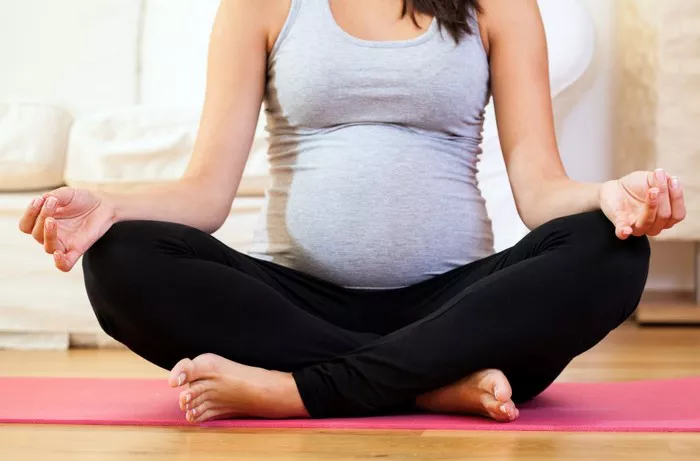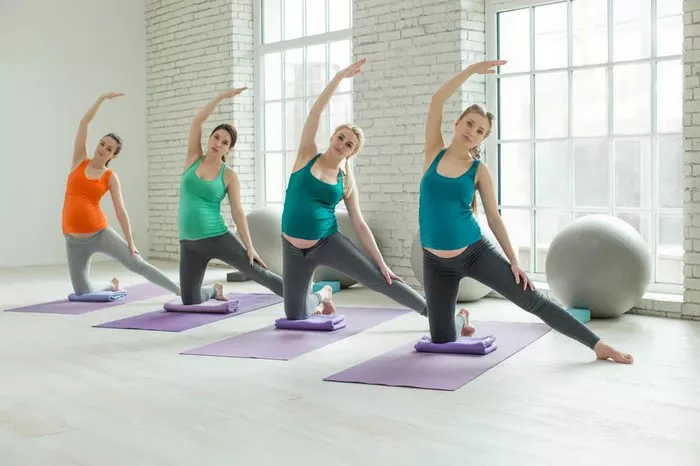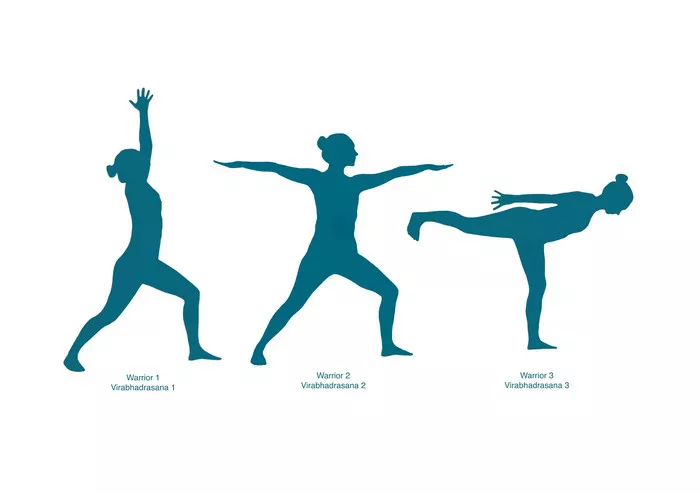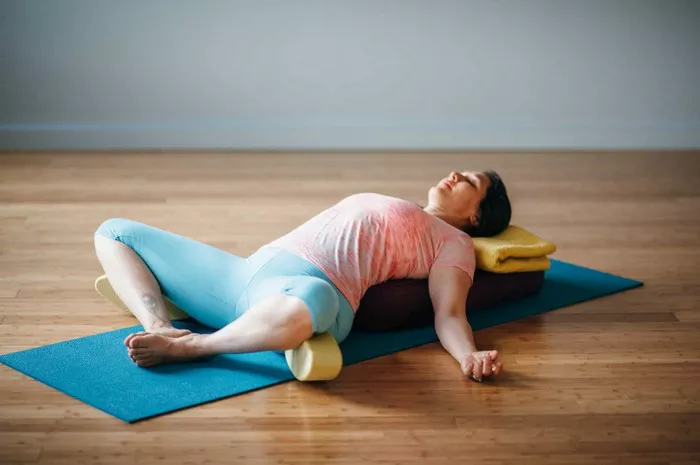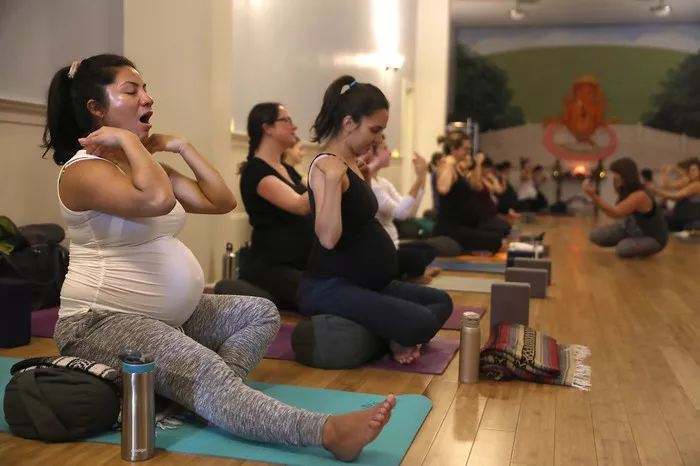Shoulder pain is a common problem for people of all ages, often caused by poor posture, repetitive motions, or muscle strain. Whether you have long-term discomfort or temporary stiffness, yoga offers a natural, non-invasive way to relieve tension and restore mobility. This article will introduce you to the 7 best yoga exercises for shoulder pain relief, which can help you increase shoulder flexibility, reduce inflammation, and promote overall musculoskeletal balance.
Understanding Shoulder Pain and Its Causes
The shoulder is a complex joint with a wide range of motion, making it particularly susceptible to injury and overuse. Common causes of shoulder pain include rotator cuff injuries, bursitis, tendonitis, and impingement syndrome. Lifestyle habits such as prolonged sitting, improper lifting techniques, and poor ergonomics can exacerbate these issues. Yoga addresses not only the physical aspects of shoulder pain but also contributes to mental relaxation, reducing stress that may manifest as muscle tension.
Practicing yoga regularly strengthens the muscles supporting the shoulder joint while promoting joint mobility and flexibility. It encourages awareness of body alignment, helping individuals make conscious adjustments that prevent further strain. Importantly, yoga also incorporates breathing techniques that can ease muscular tightness and improve circulation, aiding the healing process.
1. Child’s Pose (Balasana)
Child’s Pose is a foundational yoga posture that gently stretches the shoulders, spine, and hips. It serves as a resting pose and can be used at the beginning, middle, or end of a yoga sequence.
- How to perform: Begin by kneeling on the mat, bringing your big toes together and separating your knees hip-width apart. Sit back on your heels, then fold forward, allowing your torso to rest between your thighs. Extend your arms forward with palms facing down.
- Benefits: This pose allows the shoulders to open passively, releasing built-up tension in the upper back. It also calms the nervous system, promoting a state of relaxation conducive to pain relief.
- Modifications: If you experience discomfort in your knees or ankles, place a folded blanket under them for support. You can also bring your arms alongside your body to reduce shoulder engagement.
2. Thread the Needle (Parsva Balasana)
Thread the Needle is an effective pose for stretching the shoulders, upper back, and neck. It improves thoracic spine mobility and helps relieve tension in the trapezius and rhomboid muscles.
- How to perform: Begin in a tabletop position with your wrists under your shoulders and knees under your hips. Slide your right arm underneath your left arm, bringing your right shoulder and ear to the mat. Hold the pose and breathe deeply before switching sides.
- Benefits: This posture releases tightness in the shoulder girdle and upper back. The twisting motion aids in detoxification and improves spinal flexibility.
- Modifications: If your shoulder feels too compressed, place a folded towel or cushion under the resting shoulder for support.
3. Downward-Facing Dog (Adho Mukha Svanasana)
Downward-Facing Dog is a full-body stretch that targets the shoulders, hamstrings, calves, and spine. It builds strength and flexibility while promoting overall alignment.
- How to perform: From tabletop position, tuck your toes under and lift your hips toward the ceiling, forming an inverted V-shape. Spread your fingers wide and press firmly into the mat. Keep your spine long and shoulders externally rotated.
- Benefits: This pose helps decompress the shoulders and strengthen the muscles that support the scapula. It also enhances blood flow and energizes the body.
- Modifications: If your hamstrings are tight, bend your knees slightly to maintain proper spine alignment. Use blocks under your hands if needed.
4. Eagle Arms (Garudasana Arms)
Eagle Arms is a seated or standing pose focusing on shoulder mobility and upper back engagement. It can be performed on its own or as part of the full Eagle Pose.
- How to perform: Sit or stand with your spine straight. Extend your arms forward, cross your right arm over your left at the elbows, and bring your palms to touch. Lift your elbows while keeping your shoulders relaxed.
- Benefits: This stretch targets the deltoids, trapezius, and rhomboids, making it effective for relieving stiffness caused by poor posture.
- Modifications: If wrapping the arms is too difficult, simply place the backs of your hands together and gently pull the elbows upward.
5. Cow Face Arms (Gomukhasana Arms)
Gomukhasana Arms is an upper-body stretch that promotes deep shoulder and triceps engagement. It helps increase flexibility in the rotator cuff and pectoral muscles.
- How to perform: Sit in a comfortable position. Reach your right arm overhead and bend the elbow, bringing your hand down your back. Simultaneously, bring your left arm behind your back and attempt to clasp hands. Switch sides after holding.
- Benefits: This pose improves range of motion in the shoulder joint and stretches deep connective tissues. It is especially beneficial for those with tight upper bodies.
- Modifications: Use a yoga strap or towel between your hands if they do not reach each other.
6. Puppy Pose (Uttana Shishosana)
Puppy Pose combines elements of Child’s Pose and Downward Dog to deliver a deep shoulder and chest stretch. It is ideal for opening the heart center and elongating the spine.
- How to perform: Start in tabletop position. Walk your hands forward while keeping your hips above your knees. Lower your chest toward the mat, resting your forehead or chin down.
- Benefits: This pose creates space in the shoulder joints and thoracic spine. It encourages diaphragmatic breathing and releases tension from prolonged desk work.
- Modifications: Use a bolster or block under the chest for additional support if the full extension feels too intense.
7. Seated Forward Fold with Shoulder Opener (Paschimottanasana Variation)
This variation of the traditional seated forward fold integrates a shoulder opener, offering dual benefits of hamstring stretch and shoulder release.
- How to perform: Sit with legs extended forward. Interlace your fingers behind your back or hold a strap. Inhale to lengthen your spine, then exhale to fold forward, lifting your arms toward the ceiling.
- Benefits: The combination of spinal flexion and shoulder extension releases tension in the deltoids and upper back. It also calms the mind and improves postural alignment.
- Modifications: Use a strap if your hands do not clasp naturally. Bend your knees slightly if your hamstrings are tight.
Tips for Practicing Yoga Safely with Shoulder Pain
While yoga is generally safe, it’s essential to approach it mindfully, especially when dealing with pain. Here are a few guidelines to help you practice safely:
- Listen to your body: Never force yourself into a pose. Mild discomfort is acceptable, but sharp pain is a signal to stop immediately.
- Use props: Yoga blocks, straps, and bolsters can help modify poses to suit your range of motion.
- Warm up thoroughly: Gentle movements like shoulder rolls, neck stretches, and cat-cow poses prepare the muscles for deeper stretches.
- Avoid overuse: Repeating the same motions can strain injured tissues. Alternate your routine and allow rest days.
- Consult a professional: If shoulder pain persists, seek advice from a physical therapist or healthcare provider before starting or continuing a yoga practice.
Creating a Shoulder-Healing Yoga Routine
Incorporating these seven yoga exercises into a consistent routine can offer significant relief from shoulder pain. A well-balanced session might include:
- Warm-up: Begin with neck rolls and Cat-Cow (Marjaryasana-Bitilasana) for 3-5 minutes.
- Active practice: Move through Downward Dog, Puppy Pose, and Thread the Needle, holding each for 30 seconds to 1 minute.
- Static stretches: Use Eagle Arms, Cow Face Arms, and the Seated Forward Fold to focus on deep muscle release.
- Rest and breathe: End with Child’s Pose and a few minutes of deep breathing or meditation.
Practicing this sequence three to five times a week can not only alleviate existing discomfort but also build resilience in the shoulder girdle. The key is consistency and a mindful approach.
Conclusion
Shoulder pain can hinder daily activities and affect quality of life, but yoga offers a holistic, accessible solution. By practicing these seven targeted exercises, individuals can enhance mobility, reduce muscular tension, and support long-term joint health. Always move with awareness and patience, allowing your body the time it needs to heal. Over time, yoga can transform shoulder discomfort into strength, flexibility, and freedom of movement.
Related Topics:

